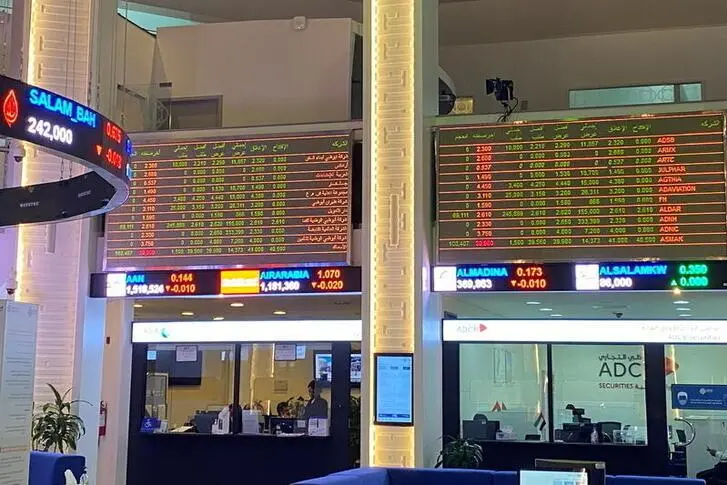PHOTO
An airplane take off the airport. Image used for illustrative purpose.
Middle Eastern airlines’ annual passenger demand in 2020 declined 73 percent compared to 2019, said IATA in a report Thursday, calling the year “a catastrophe” and the worst in aviation history.
Globally, passenger traffic results for 2020 showed that demand (revenue passenger kilometers or RPKs) fell by 65.9 percent compared to the full year of 2019, by far the sharpest traffic decline in aviation history.
Forward bookings have been falling sharply since late December, it added. Bookings for future travel made in January 2021 were down 70 percent compared to a year-ago, putting further pressure on airline cash positions and potentially impacting the timing of the expected recovery.
“Last year was a catastrophe. There is no other way to describe it. What recovery there was over the Northern hemisphere summer season stalled in autumn and the situation turned dramatically worse over the year-end holiday season, as more severe travel restrictions were imposed in the face of new outbreaks and new strains of COVID-19.” said Alexandre de Juniac, IATA’s Director General and CEO.
Middle Eastern carriers posted a slightly lower fall in international traffic versus November, but their RPKs were still down almost 83 percent year-on-year (y-o-y). “The reliance on currently muted long-haul connections will remain one of the key challenges for the region’s faster recovery,” it said.
The region is home to three of the world’s biggest airlines--Emirates, Etihad Airways and Qatar Airways.
Meanwhile, IATA’s baseline forecast for 2021 is for a 50.4 percent improvement on 2020 demand that would bring the industry to half 2019 levels. “While this view remains unchanged, there is a severe downside risk if more severe travel restrictions in response to new variants persist. Should such a scenario materialize, demand improvement could be limited to just 13 percent over 2020 levels, leaving the industry at 38 percent of 2019 levels.”
The resurgence of the number of COVID-19 cases in many parts of the world has severely set back an opening up of the travel and tourism sector, especially in Gulf countries where winter is peak holiday season.
According to IATA, annual capacity for the Middle East plummeted 63.9 percent and load factor fell 18.9 percentage points to 57.3 percent. December’s traffic was down 82.6 percent compared to December 2019, improved from an 86.1 percent drop in November.
In the cargo segment, Middle Eastern carriers reported a decline in demand of 9.5 percent in 2020 compared to 2019 and a fall in capacity of 20.9 percent. After a slight slowdown in recovery in November, carriers in the region performed well in December, posting a 2.3 percent increase in international demand. International capacity decreased by 18.2 percent in December, unchanged from November.
Globally, IATA said air cargo decreased by 10.6 percent in 2020, compared to 2019; the largest drop in year-on-year demand since it began monitoring cargo performance.
(Reporting by Brinda Darasha; editing by Daniel Luiz)
Disclaimer: This article is provided for informational purposes only. The content does not provide tax, legal or investment advice or opinion regarding the suitability, value or profitability of any particular security, portfolio or investment strategy. Read our full disclaimer policy here.
© ZAWYA 2021




















